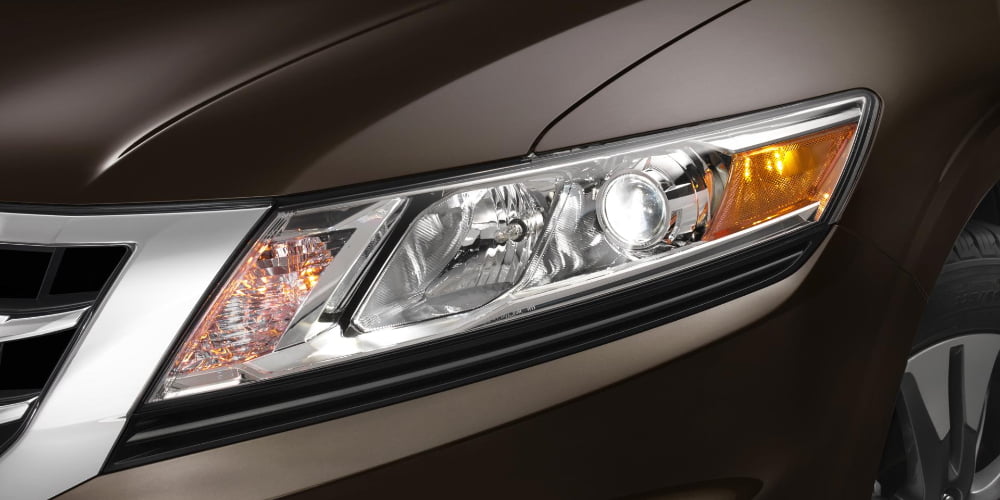If you have just bought a new Honda Accord and have started to drive it, you may be wondering what you can do if the warning lights start coming on after you’ve changed the battery. Fortunately, there are several things you can do. Among them are reading the trouble code, repairing the battery, or even taking it to a dealer for diagnostics.
Low Honda Accord Battery Warning Light
If you have a Honda Accord, it’s important to know what the battery warning light means. The battery light indicates that the vehicle’s electrical system is having issues. Some common problems that may cause the light to go off include improper battery charging and a faulty alternator.
When the light comes on, the first thing you should do is check the batteries in the vehicle. It’s also important to clean the terminals. Keeping the terminals free of debris will help the electrical system to function properly.
To test the battery’s capacity, you can use a multimeter that has a red cable connected to the positive and negative terminals of the battery. This is usually the best way to see how much power the system is producing.
You can also check the voltage on the Honda Accord battery when the engine is running. A drop below 13.5 volts is a sign that the alternator isn’t working correctly.
Once you know what the battery warning light on your Honda Accord is indicating, you can take action. For instance, you can replace the battery or contact a mobile mechanic to come to your home.
Other potential causes of the low battery warning light on your Accord include loose connections, a malfunctioning serpentine belt, or a faulty alternator. These issues are often less expensive to fix, but you should still seek professional assistance before spending money.

Mistake Indicator Lamp
If you own a Honda Accord, you are likely familiar with the various dashboard lights that keep you safe. Aside from the obvious ones, such as the brake light, the courtesy light and the heater, you’ll also find the car’s engine, battery and fuel level sensors. Keeping track of your vehicle’s battery and gas level will help you avoid any nasty surprises on the road.
If you’re looking to keep your Honda Accord running smooth for years to come, you’ll want to make sure it’s not on the brink of a breakdown. The best way to do this is to make sure you have a full tank of gas, an unused spare tire and a spare key on hand.
If you’re still not feeling confident, you may want to give the experts a call. For instance, if your engine light is flashing, you may have a problem with the catalytic converter, a faulty battery or your oil pressure sensor. All of these are more complicated issues to resolve than you might think. But a quick search online will turn up plenty of do-it-yourself solutions, from DIY code readers to DIY battery replacement guides.
While you’re at it, make sure your gas cap is properly in place and that the light is off. This will save you from a possible flat tire or having to pay a garage to change it for you.

Immobiliser Key Warning Light
If you are having problems starting your Honda Accord, or your immobiliser warning light is coming on, you may be able to fix the problem by resetting your key fob. This is an anti-theft device that prevents the theft of your vehicle.
When your car is not starting, your transponder chip could be broken. You might also have a faulty electrical wiring in your immobilizer unit or the antenna. Getting your immobiliser unit checked by a Honda engineer can help solve this problem.
An immobiliser works by reading the key and sending a signal to your car’s computer. Once the computer reads your key, it compares the signal with the saved one. Then, it starts the engine.
Immobilisers have the ability to register up to five different key IDs. If your car is showing an immobiliser warning light, it means that there is a problem with the system. Some of the problems can be caused by a dead battery, which needs to be replaced. Other times, the immobiliser will fail to recognize your key.
If you have a spare key, it is still able to read the chip. However, you need to be able to get the new key programmed in your car.
A transponder chip is part of the key that sends a security code to your car’s immobiliser system. Your car will not start if the chip is damaged.
